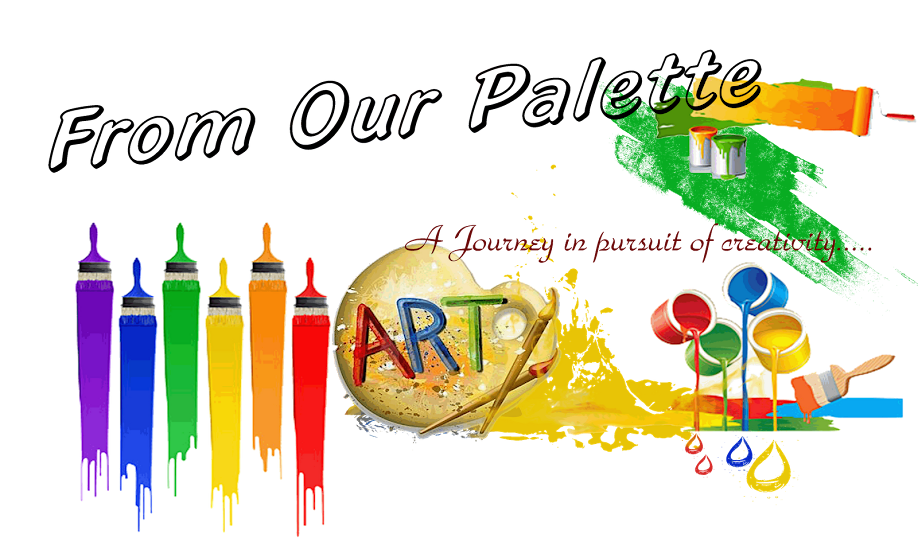Akilesha Keshava
Aklesha Keshavan means 'He who protects Brahma and Shiva'. The description portrayed here is taken from the verses
chandraka chAru mayoora SikhanDaka manDala valayita kESam
prachura purandara dhanu ranuranjita mEdura mudira suvESam
His curly black hair is decorated well with peacock feathers like a black cloud encircled by rainbow ! He eternally dominates my mind !
gOpa kadamba nitambavatee
mukha chumbana lambhita lObham
bandhu jeeva madhurAdhara pallava kalita dara smita SObham
See Him dally with young Gopis ! His lips are red like Bandu flowers. How radiating is His smile! He may ignore me but He is my Lord !
vipula pulaka bhuja pallava
valayita vallava yuvatee sahasram
kara charaNOrasi maNigaNa bhushaNa kiraNa vibhinnata miSram
The Gopis were close to His heart. Darkness was dispelled by the light emanating from His ornaments !
jalada paTala chaladindu
vinindaka chandana bindu lalATam
peenapayOdhara parisara mardana nirdaya hrudaya kavATam
A sandalwood dot decorates His face which chides the moon among the clouds ! I cant forget Him. He dominates my mind but He still neglects me !
maNimaya makara manOhara
kunDala manDita ganDamudAram
peetavasana manugata muni manuja surAsura vara
parivAram
His cheeks shine because of the gem-studded fish shaped lovely ear rings ! Robed in yellow He is adored world wide By Bheeshma, Narada, Prahlada and Indra. He sways my mind !
viSada kadamba talE miLitam kali kalusha bhayam Samayantam
mAmapi kimapi
taranga dananga druSa manasA ramyantam
He stands under a spacious mango tree, removing the fears arising out of the sins in the kali era. He maddens my mind by His captivating deceitful glances!
Styles of Painting Followed:
Patachitra: This style originated from Orissa. Patta means canvas and chitra refers to drawing/painting.There is a mix of both folk and classical elements in this style. Krishna figure, the tree, cow etc in this painting belong to this style. The blue border on the two sides and the lotus seat are typical patterns in patachitra paintings.
Warli: Warli is from Maharashtra. It is a tribal art which effectively portrays events using stick figures, lines and dots. It gives the art work a rural charm and is very easy to learn. The red borders in this painting belongs to the warli tradition.













